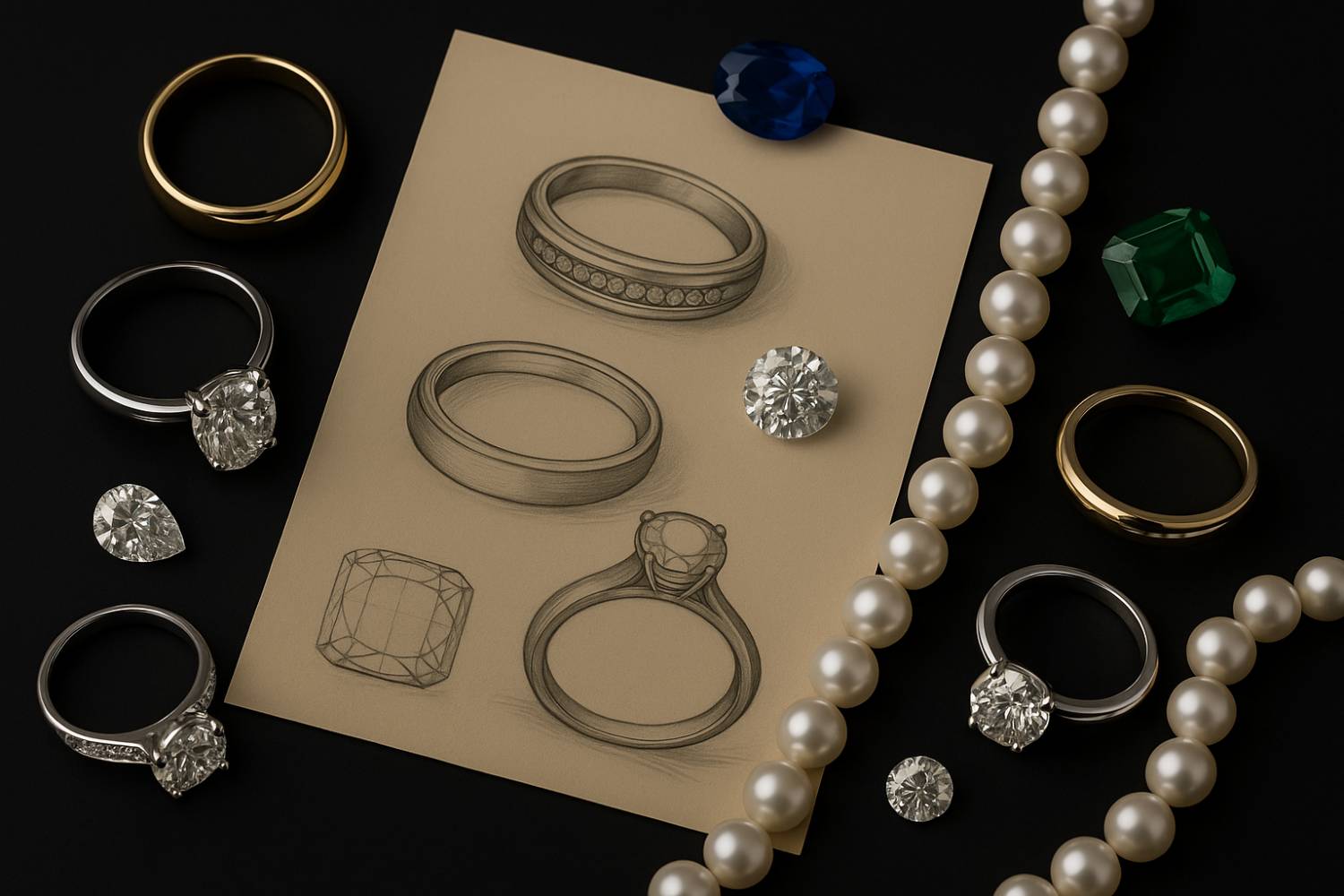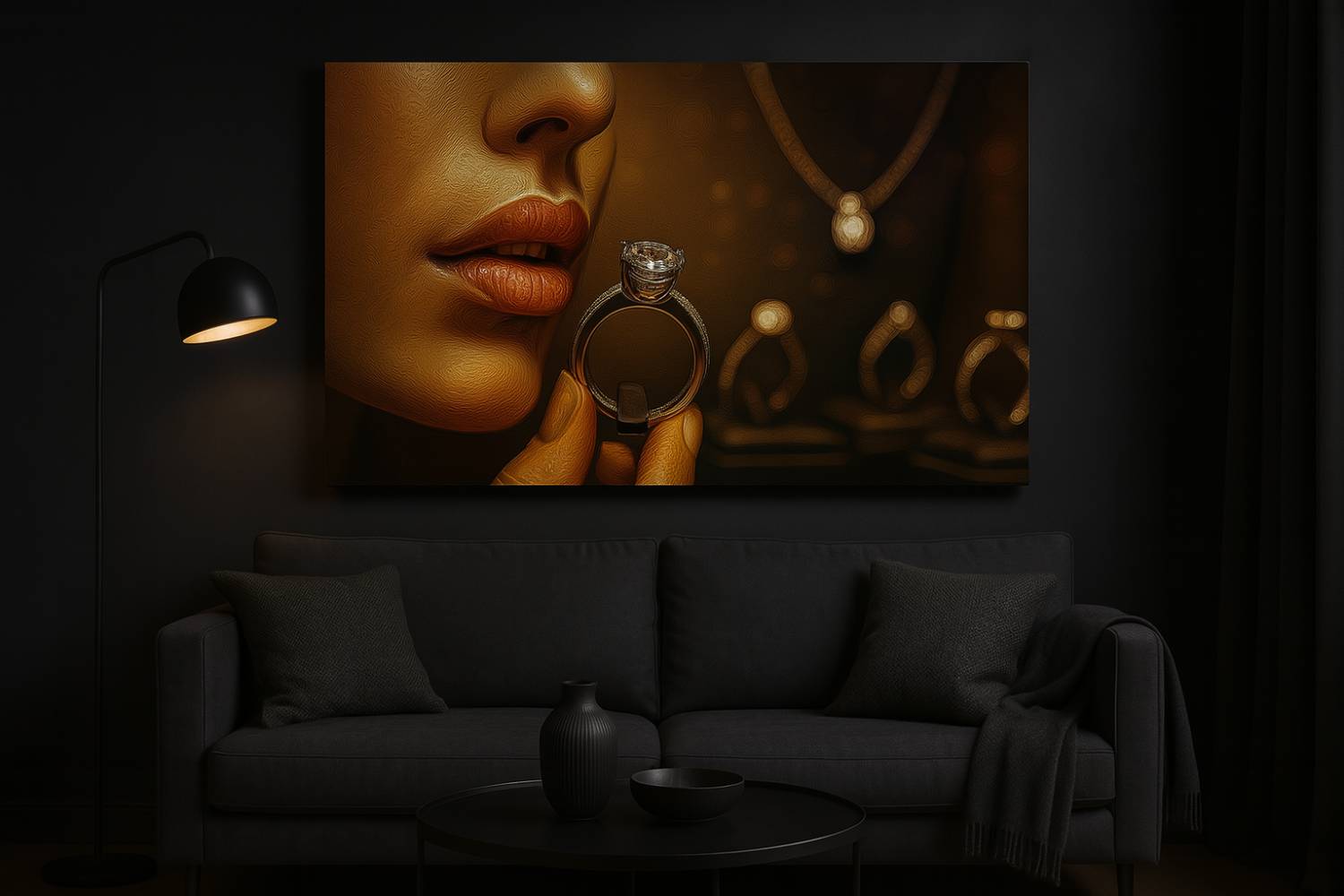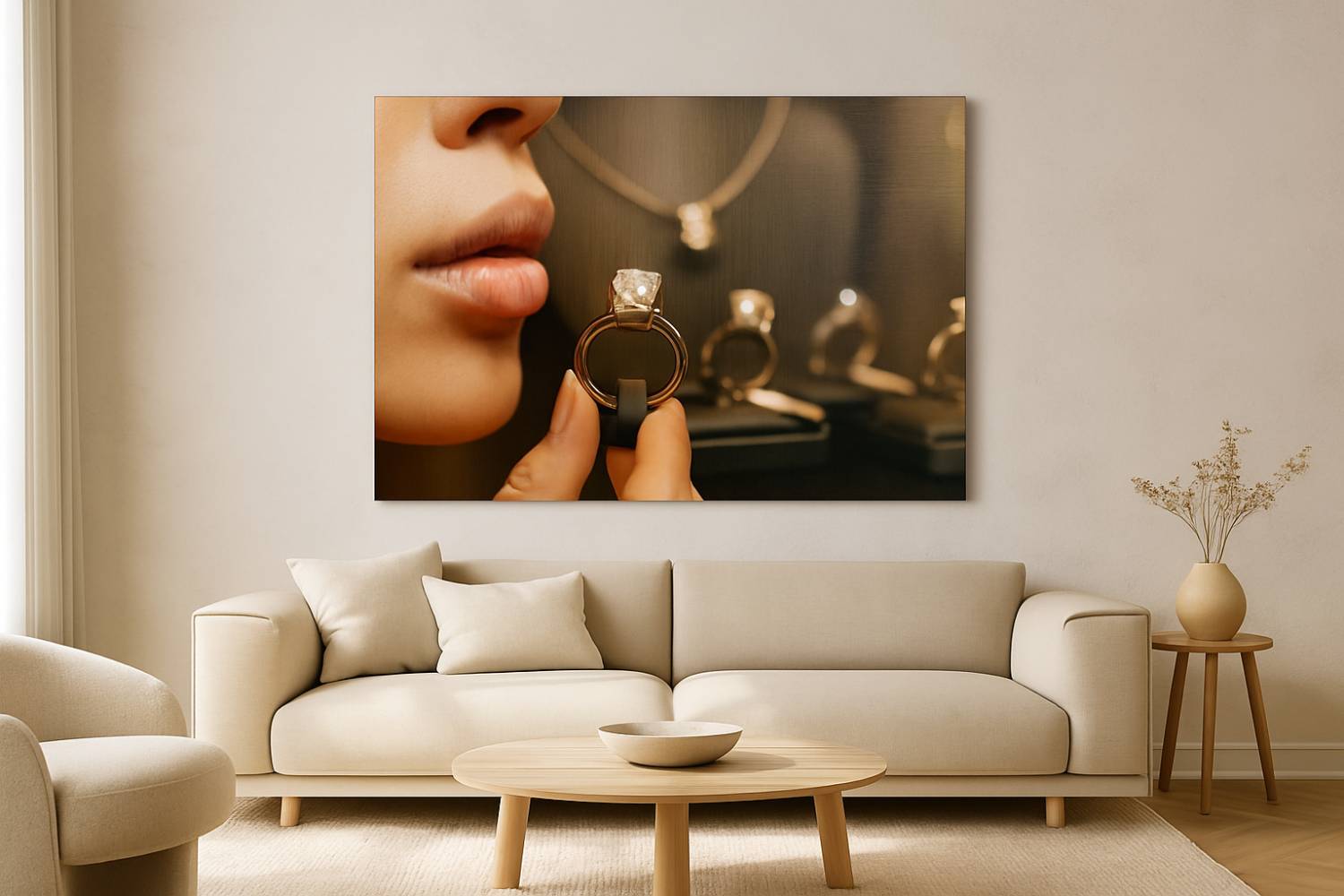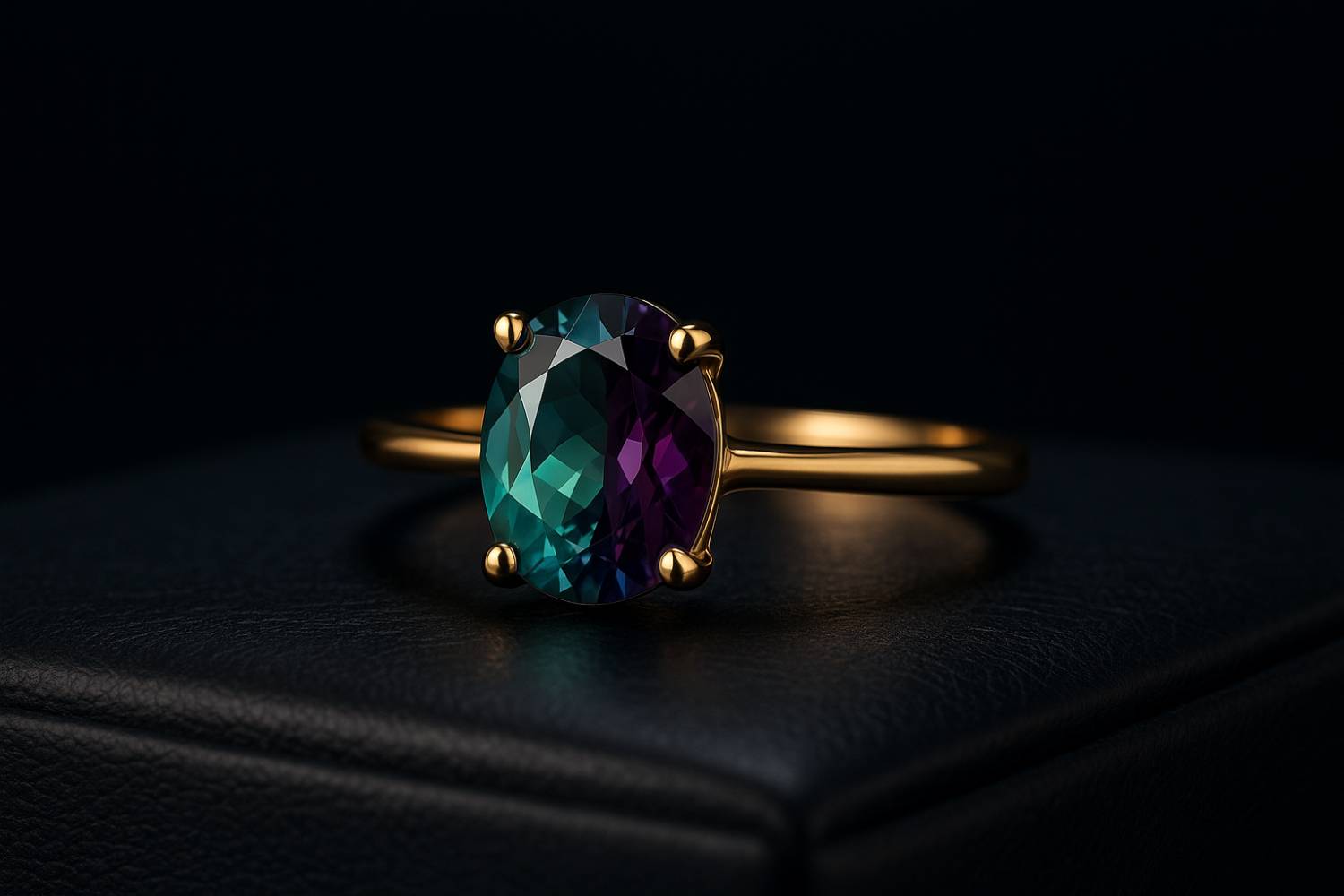
Next-Generation Wall Art: How Metal Prints Are Created — From Concept to Exhibition
Interior spaces are no longer seen as mere backdrops — they've become reflections of personality, taste, and lifestyle. In this evolving landscape, art plays a unique role, transforming alongside technology. One of the brightest examples of this evolution is metal printing. And while the process may appear futuristic — even "space-age" — it's rooted in precision, logic, and aesthetics.
As designers note, metal prints have become the embodiment of a new era in interior art — minimalist, durable, and striking.
In this article, we'll walk through the entire process of creating a metal artwork — from the click of a camera shutter to its appearance on a gallery wall or in a living room.

Step 1: Choosing the Image
It all begins with an idea or a specific photograph. This could be:
-
An original photo of nature, a cityscape, or abstract composition.
-
A digital illustration or fine art piece.
-
A personalized portrait or family photo.
At this stage, it's important to select a high-resolution image, as the final print quality directly depends on the quality of the file. Most studios recommend a minimum of 300 DPI when scaled to full size.
Step 2: Editing and Color Correction
Before an image is transferred to a metal surface, it undergoes essential processing:
-
Adjusting white balance, brightness, and contrast.
-
Adapting colors based on the finish (glossy, matte, or satin).
-
Enhancing focus, softness, or sharpness, depending on the composition.
-
Cropping and aligning proportions.
In some cases, designers also add elements such as logos, text, or borders.
Step 3: Preparing the Surface
The base for printing is an aluminum panel, typically coated with a polymer layer that ensures optimal ink adhesion. During preparation:
-
The panel is cleaned of dust, grease, and moisture.
-
It's checked for flatness and integrity.
-
A protective coating is applied (if required by the design).
Surface preparation quality directly affects the durability and resilience of the final image.
Step 4: Printing (Sublimation or UV Technology)
Modern studios use two main printing methods:
-
Sublimation Printing: The ink is first transferred to a special paper, then — under high heat — infused into the metal surface. This produces deep, long-lasting color.
-
UV Printing: The ink is applied directly to the metal and cured using ultraviolet light. This method allows for textured, dimensional effects.
Both techniques provide impressive clarity, color accuracy, and vibrancy.
Step 5: Finishing and Mounting
Once printed, the artwork:
-
Is polished or laminated for protection, depending on the finish.
-
Trimmed to exact dimensions with millimeter precision.
-
Mounted onto a backing frame, hanger, or floating mount system.
Some studios include a certificate of authenticity, especially for limited editions or artist-signed pieces.
Step 6: Presentation and Display
The finished artwork isn't just a print on metal — it's a true art object. It looks stunning in:
-
Living spaces (living rooms, bedrooms, home offices).
-
Coworking areas, galleries, and corporate spaces.
-
Contemporary art exhibitions.
-
Fashion boutiques, showrooms, and salons.
Under the right lighting, the sheen and color depth create a "living canvas" effect that changes with the viewing angle.

Final Thoughts
Creating art on metal is a fine balance between technology and artistic expression. From the photograph to the final presentation, each stage requires precision, visual sensitivity, and respect for the material. That's why designers say metal printing isn't just a decorative option — it's a new level of interaction between people and visual art.
If you're looking for a way to make your space stylish, vibrant, and enduring — explore the world of metal art. And see for yourself how technology can transform an image into a true masterpiece.
Latest posts
Be the first to read what's new!


How Much Does a Real Alexandrite Ring Cost?

Next-Generation Wall Art: How Metal Prints Are Created — From Concept to Exhibition

TEFAF New York — An Event That Shapes the World of Art

Types of gold by color in jewelry

How to choose stones according to your zodiac sign

Emeralds: characteristics, properties and description of precious stones

